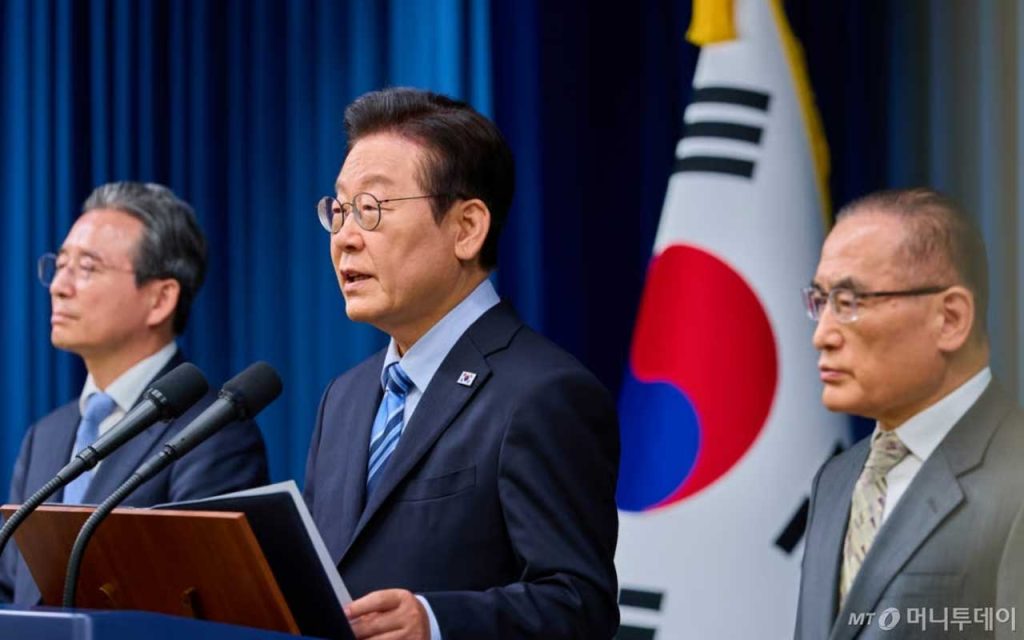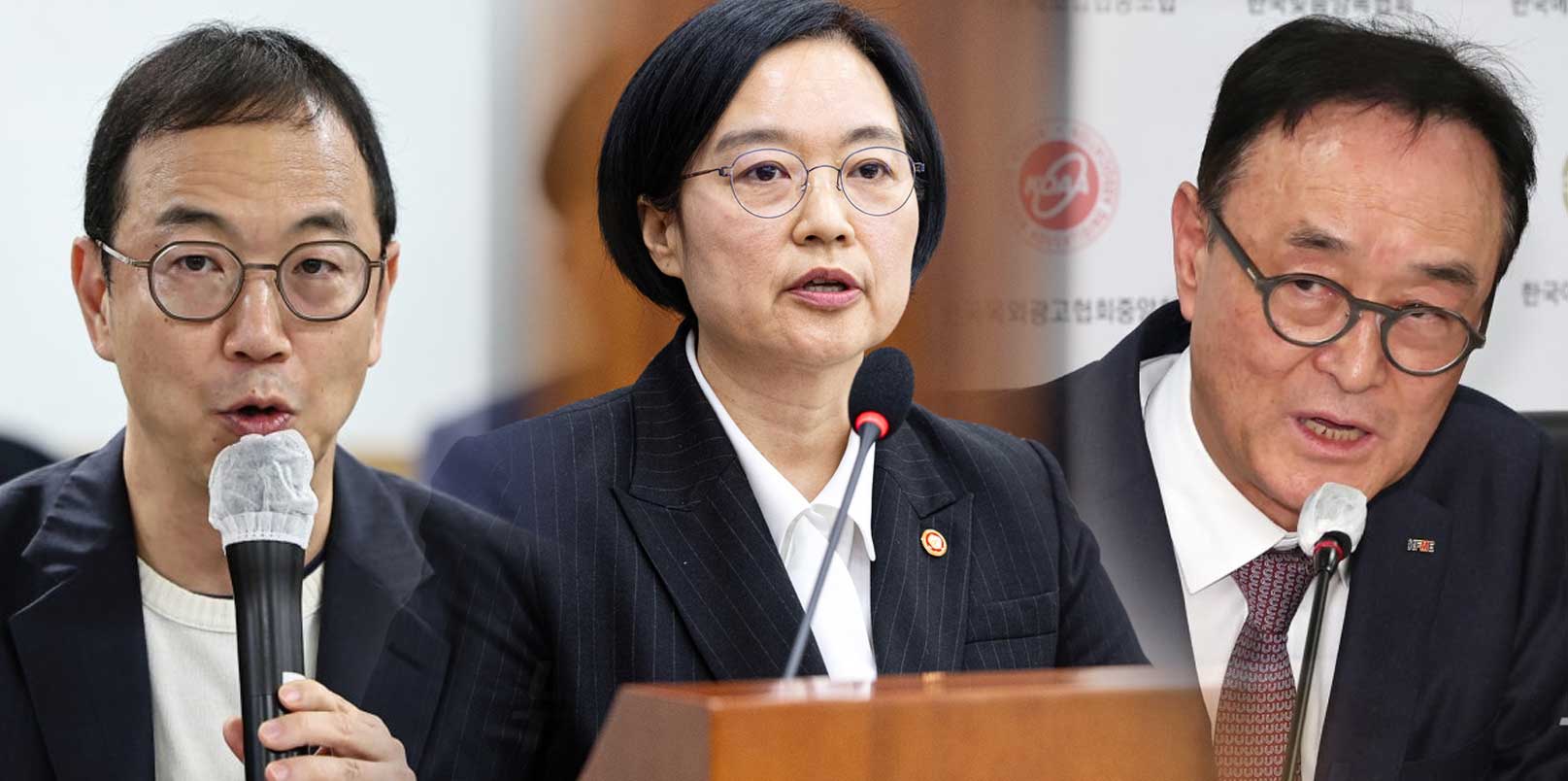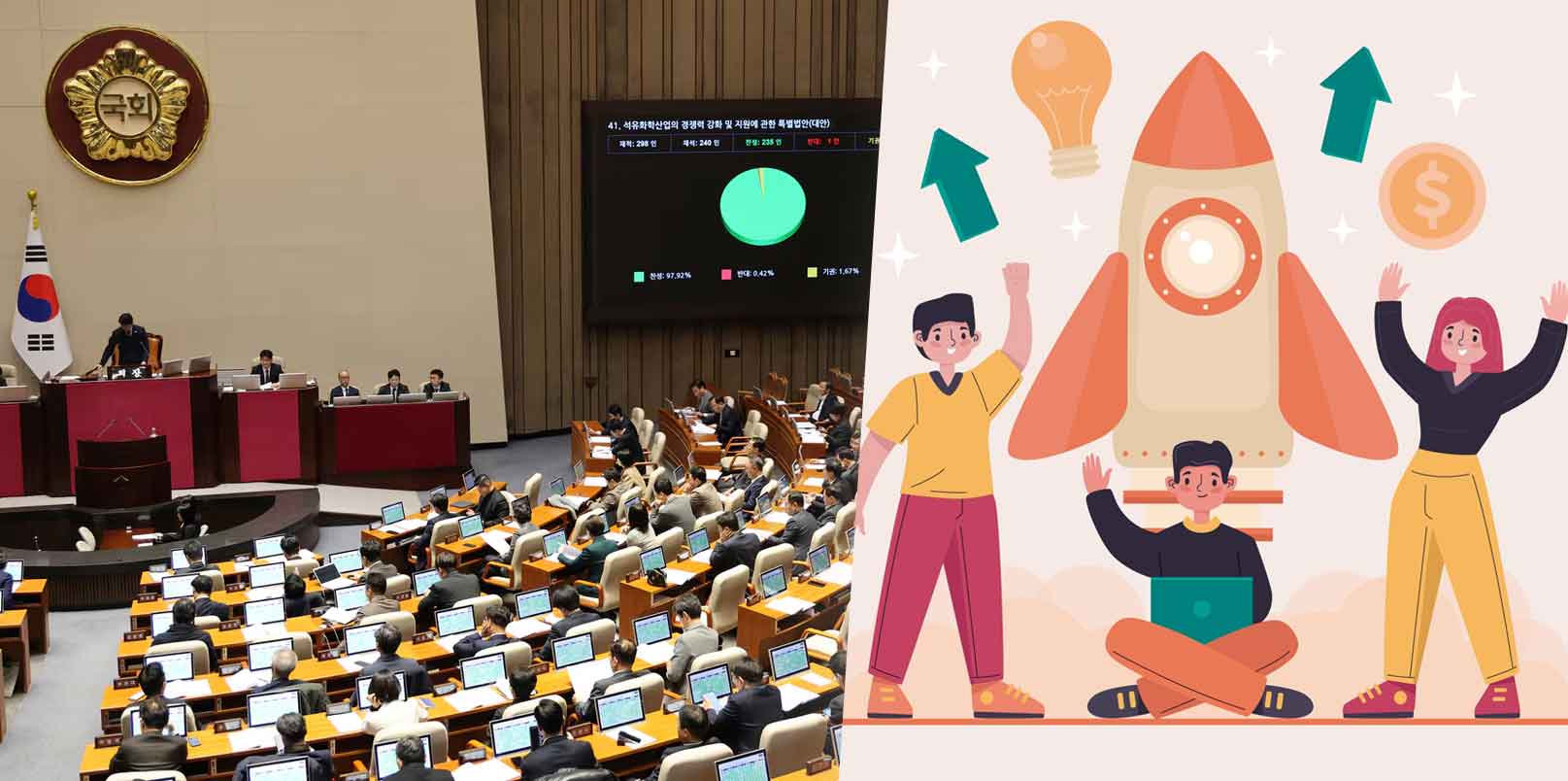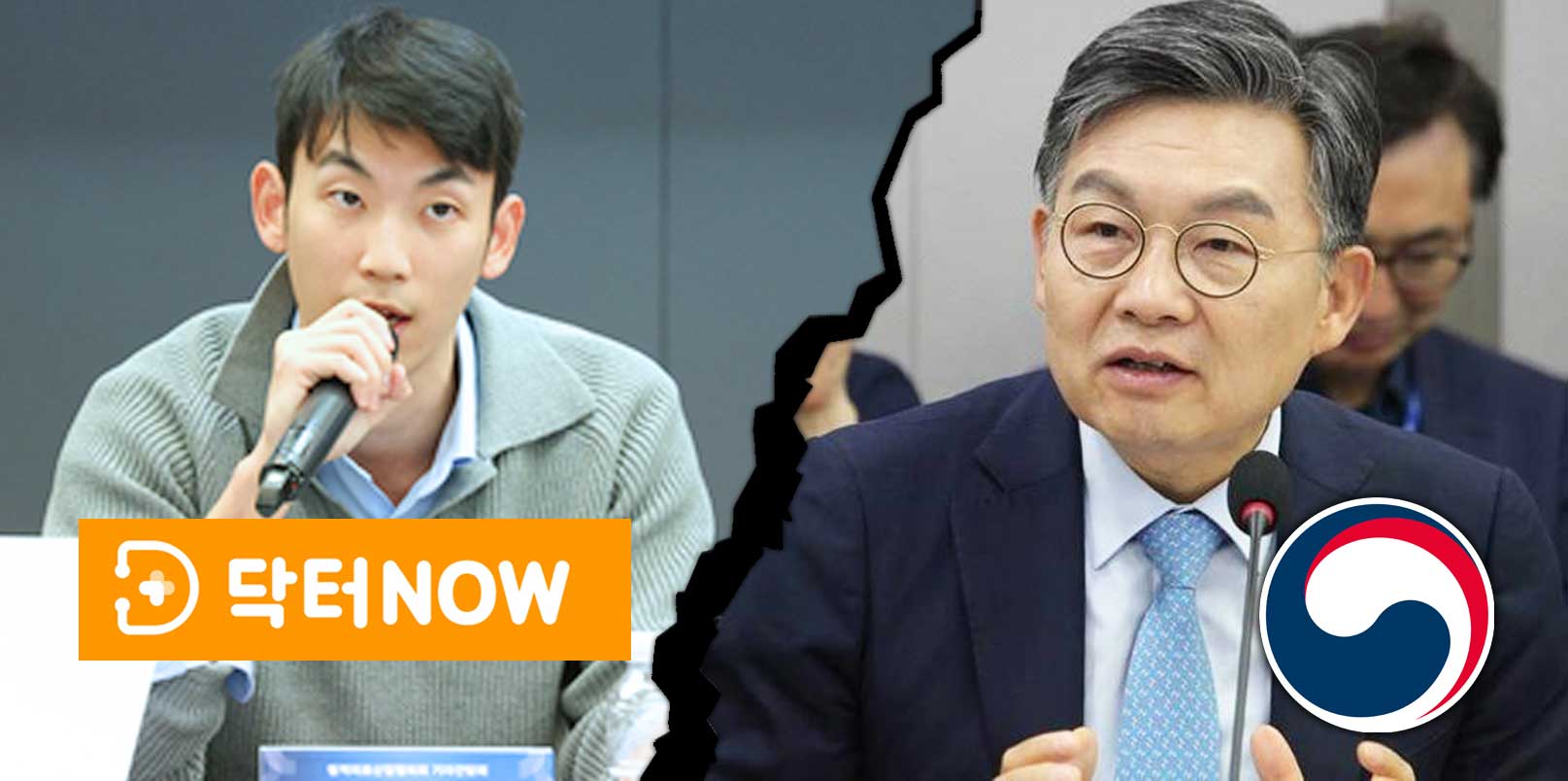Korea and the United States have finalized a Joint Fact Sheet that resets tariff expectations for several of Korea’s core export industries. The agreement narrows uncertainty in sectors that influence the country’s broader innovation economy, including automobiles, semiconductors, and pharmaceuticals. Mid-sized firms immediately welcomed the result, pointing to clearer rules for long-term planning, U.S. market access, and strategic investment, but what about startups and SMEs?
Korea – U.S. Finalize Joint Fact Sheet on Tariffs and Economic Security
President Lee Jae-myung announced the finalized Korea – U.S. Joint Fact Sheet at the Yongsan presidential office on 14 November. The document outlines agreed terms on tariffs, investment rules, mutual trade expansion, economic security cooperation, and elements of nuclear collaboration.
Key components include:
- U.S. tariffs on Korean automobiles lowered from 25% to 15%.
- Semiconductors and related manufacturing equipment will not face tariff terms that place Korea at a disadvantage compared with future agreements applied to other countries.
- Tariffs on Korean pharmaceuticals capped at a maximum of 15%.
The announcement addresses long-standing concerns from Korean exporters that tariff volatility could weaken competitiveness in the U.S. market.

Korea – U.S. Joint Fact Sheet: A Consolidation of Trade, Investment, and Security Agreements
The Joint Fact Sheet serves as an explanatory document reaffirming the “Korea–U.S. Strategic Trade and Investment Agreement” first presented in July. It incorporates issues tied to tariffs, outbound Korean investment into the United States, mutual trade expansion, economic security cooperation, and nuclear collaboration.
The agreement also references the USD 150 billion MASGA project, a U.S. initiative to revitalize its shipbuilding sector, and a USD 200 billion strategic investment framework. Korean firms had raised concerns about the scale of these programs and their potential financial impact, prompting the two governments to define commercial rationality and tolerable economic boundaries more clearly.
Mid-Sized Firms Welcome Reduced Export Uncertainty
The Federation of Middle Market Enterprises of Korea (FOMEK) said the finalized Korea–U.S. Joint Fact Sheet provides long-needed clarity for several of Korea’s major export sectors.
The organization assessed that the tariff adjustments on automobiles, semiconductors, and pharmaceuticals ease long-standing concerns among mid-sized manufacturers whose competitiveness depends on predictable U.S. market conditions.
FOMEK also noted that the clearer criteria set for the MASGA program, and the USD 200 billion strategic investment framework help address earlier worries about economic burdens, including foreign-exchange exposure. The group added that long-term investment outcomes will require formal participation from the business community in the forthcoming bilateral Investment Committee so that actual market and industrial-site needs are incorporated into future reviews.
The federation further pointed to the nuclear-related provisions as a significant development. The confirmation of U.S. support for nuclear-powered submarine construction, as well as expanded authority in uranium enrichment and spent fuel reprocessing, was presented as a meaningful reinforcement of Korea’s industrial and environmental security.
A FOMEK official summarized the position by stating,
“The agreement offers a clearer pathway for major export sectors and reduces the uncertainty that has concerned Korean manufacturers.”
U.S Tariff Shifts: Implications on Korea’s Tech Industries and Global Market Access
The agreement reduces tariff risk in sectors where Korea’s technology-driven companies maintain global competitiveness. Automotive suppliers, EV technology firms, chip-related startups, fabless companies, equipment manufacturers, and biotech innovators gain clearer visibility on cost structures and market-entry conditions in the United States.
The semiconductor clause is particularly relevant for Korea’s broader innovation economy. Ensuring treatment no less favorable than that applied to future agreements helps guard against potential disadvantages relative to Taiwan and other key chip-producing economies.
The clarified rules for MASGA and strategic investment frame a more predictable environment for Korean companies participating in U.S. industrial and defense-related supply chains. Mid-sized firms noted that predictable criteria help avoid financial strain and allow for realistic long-term planning.
Even so, not all export categories benefit under the finalized terms. Sector-specific products such as steel, aluminum, and derivative products have been subject to tariff rates that can approach the high double-digit range, creating heavier pressure on SMEs that operate with tighter margins. These areas remain outside the scope of the Joint Fact Sheet, indicating that smaller firms may continue to face more complex U.S. market conditions despite the gains secured for autos, semiconductors, and pharmaceuticals.
Still, this tariff clarity, even when directed at mid-sized manufacturers, influences downstream supplier networks, commercialization pathways, and investment decisions across the Korean tech ecosystem.
Korea – U.S. Joint Fact Sheet: A Next Phase of Global Competition
The Joint Fact Sheet offers a clearer basis for Korean companies assessing U.S. market opportunities amid changing global trade conditions. It also signals that economic security and industrial competitiveness remain central to the two countries’ cooperation.
Startups and investors gain a more stable framework for evaluating cost structures, supply chain alignment, and cross-border collaboration in strategic sectors such as automobiles, semiconductors, and pharmaceuticals.
At the same time, some category-specific items that fall outside the agreement, including steel-related products, continue to face higher tariff conditions. These areas present different challenges for SME-heavy industries and remain important for companies to monitor.
As broader policy discussions continue, the agreement marks a measurable step toward reducing uncertainty for Korea’s major export engines while shaping the next phase of the country’s global competitive positioning.
– Stay Ahead in Korea’s Startup Scene –
Get real-time insights, funding updates, and policy shifts shaping Korea’s innovation ecosystem.
➡️ Follow KoreaTechDesk on LinkedIn, X (Twitter), Threads, Bluesky, Telegram, Facebook, and WhatsApp Channel.





